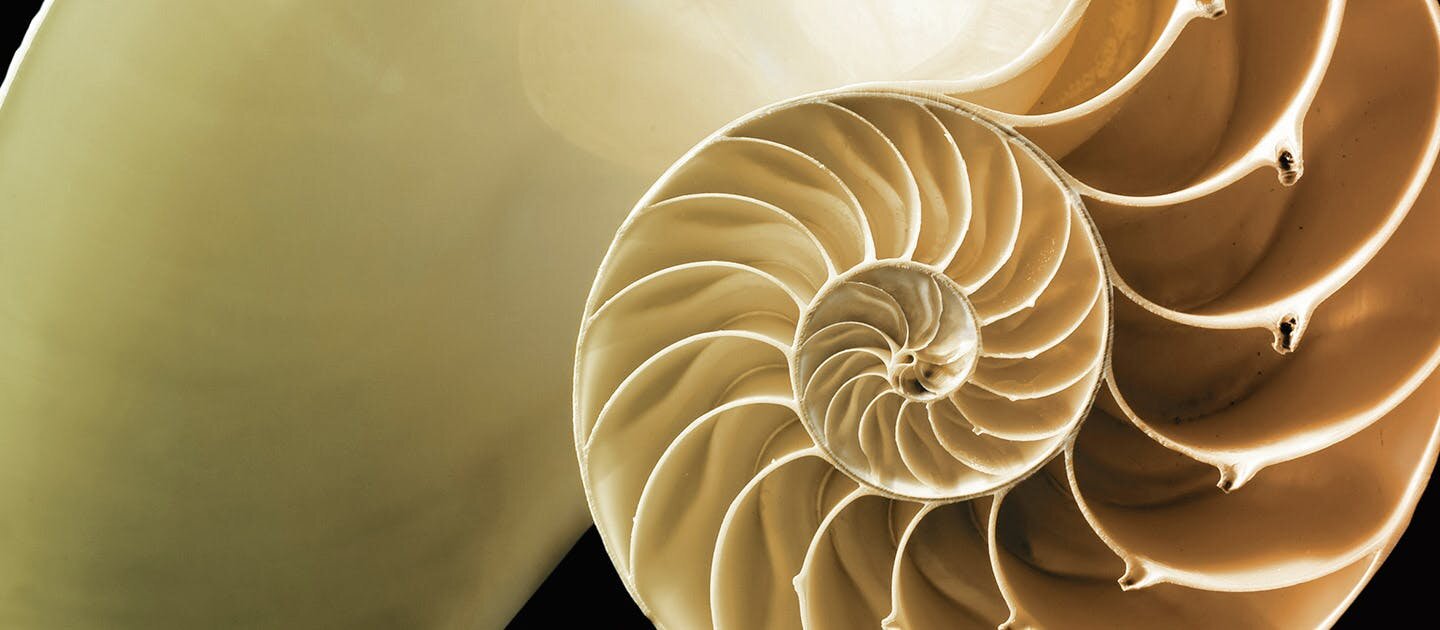Biomimicry
Credits: https://www.leonardodicaprio.org/the-biomimicry-institute/
I have always found biomimicry deeply interesting.
Guess it stems down to some my childhood memories of getting aww struck with illustrations in biology textbooks. I am sure this is relatable! I loved the illustrations in the science textbooks. Being an average student, I always felt incredibly fascinated when I looked in those anatomical drawings and chemistry formulas. Never were able to remember them formulas though! Haha!
Anatomical drawings have always been fascinating to me. I was able to realize this while working on Manta-ray robot. Biomimicry inspired Manta-ray explores the unlimited potential of how we can literally copy the nature and adapt how it functions. Since then, I have decided to explore biomimicry. By definition, biomimicry is design and production of materials, structure and systems that are modeled on the biological entities and processes. Biomimicry allows to create sustainable solutions to solve some of the greatest challenges which could help us strive in the future.
According to Biomimicry Institute, nature already has its ways of healing. Biomimicry encourages us to adapt its systems rather than re-inventing them because they already hold the wisdom that we need. Biomimicry still holds the power to allow us to explore nature, understand our connection with it and try to figure ways to create a balance between nature and technology.
Festo, one my favorite company, defines the mix of biology and technology as Bionics. Bionics is defined as the application of the biological methods and systems found in nature to study and design of engineering systems using modern technology. The best example explaining bionics would be development of dirt and water repellent paint inspired by Lotus flower plant. Another would be creating ship hulls inspired by dolphins and ultrasound machine created based on animal echolocation.
Credits: https://www.therobotreport.com/festos-latest-bionic-robots-include-rolling-spiders-and-flight-planning-bats/
Biomimicry institute also mentions about 3 essential practices which are Emulate, Ethos and Reconnect to adapt in the design process.
Emulate: Research based practice to understand the natures and replicate to create more regenerative designs.
Ethos: The philosophy of understanding how life works and designs that continuously support and create conditions conducive to life.
Reconnect: Reconnect is a practice of spending time with nature and observing deeply so that better biological strategies are adapte
Now that I feel some basics are clear, I am going to deep dive to explore more and understand how biomimicry is influencing the robotic industry.
References:
https://biomimicry.org/what-is-biomimicry/

